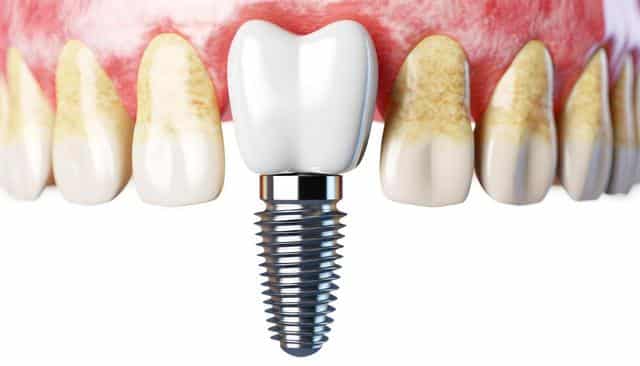The Procedure and Its Benefits
The procedure to place dental implants typically begins with an initial consultation, where your dentist will evaluate your oral health, jawbone density, and overall health conditions to determine if you’re a suitable candidate. Following the evaluation, the installation process usually involves several stages, beginning with the surgical placement of the implant into the jawbone. Over the course of several months, the bone bonds with the implant—a process known as osseointegration—forming a robust foundation for the artificial teeth. The benefits of this process are abundant, with patients often experiencing a significant improvement in their quality of life, enhanced confidence due to a natural-looking smile, and the ease of maintenance similar to natural teeth.
Long-term Success and Maintenance
One of the exceptional qualities of dental implants is their long-term success when maintained properly. The longevity of implants can often surpass several decades, contingent on the patient maintaining optimal oral hygiene and attending regular dental check-ups. To ensure the best outcomes, it’s crucial to follow dental care recommendations provided by your dentist, such as brushing and flossing regularly and avoiding habits detrimental to oral health, like smoking or excessive alcohol consumption. The success rate of dental implants is remarkably high, often exceeding 90%, which is attributed to both the precision of modern surgical techniques and the biocompatibility of the materials used in implant dentistry.
Comparing Alternatives: Dentures and Bridges
While dental implants are highly regarded for their durability and natural appearance, other alternatives like dentures and bridges remain viable options for those considering tooth replacement. Unlike implants, dentures are removable and typically recommended when multiple adjacent teeth are missing. Bridges, on the other hand, are often used to

